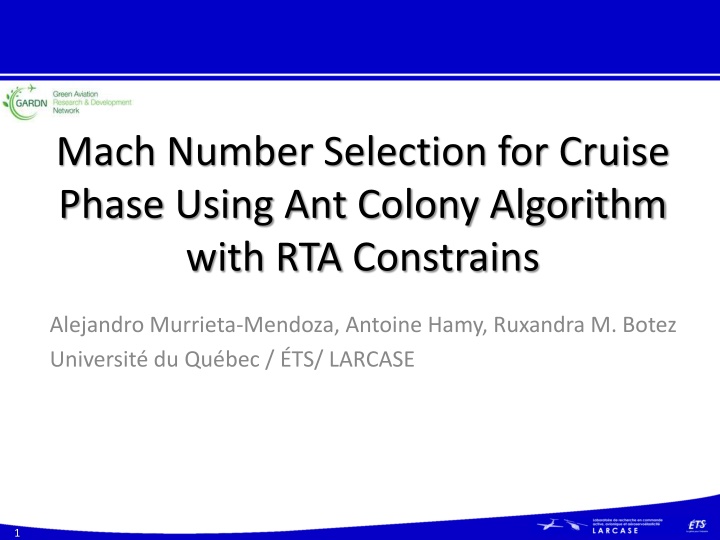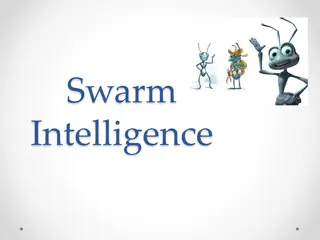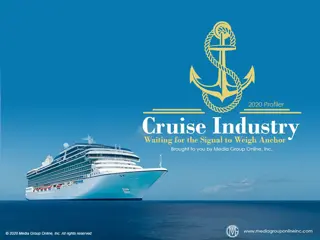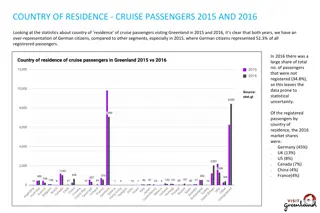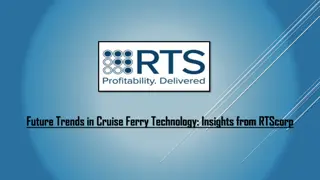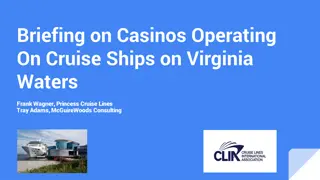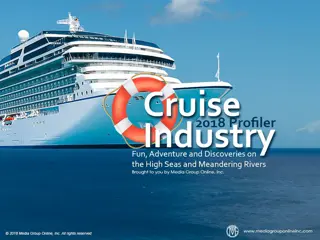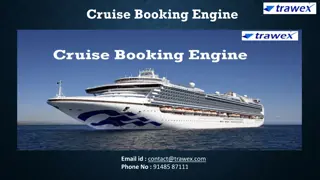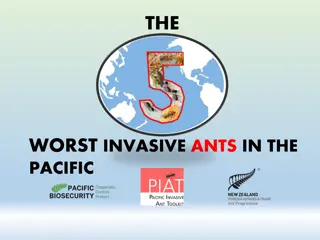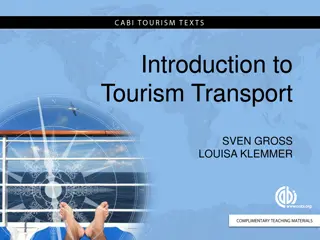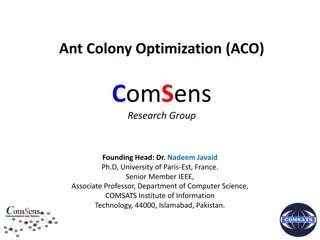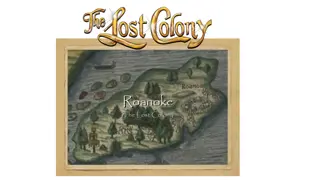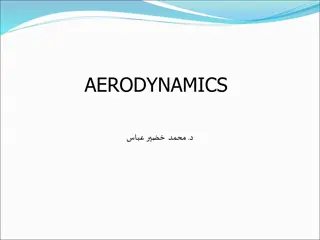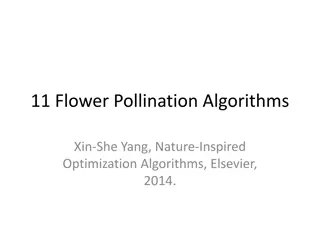Mach Number Optimization for Cruise Phase Using Ant Colony Algorithm
Utilizing Ant Colony Algorithm with RTA Constrains, this research focuses on selecting optimal Mach numbers for the cruise phase to reduce fuel consumption and emissions. Motivated by the need to cut airline expenses and environmental impact, the study explores innovative approaches in aviation research and development. Objectives include achieving efficient combinations of Mach numbers to fulfill RTA requirements and minimize CO2, NOx, and HC emissions. The methodology involves analyzing flight costs, managing Mach numbers, and implementing the Ant Algorithm to enhance aircraft performance.
Download Presentation

Please find below an Image/Link to download the presentation.
The content on the website is provided AS IS for your information and personal use only. It may not be sold, licensed, or shared on other websites without obtaining consent from the author.If you encounter any issues during the download, it is possible that the publisher has removed the file from their server.
You are allowed to download the files provided on this website for personal or commercial use, subject to the condition that they are used lawfully. All files are the property of their respective owners.
The content on the website is provided AS IS for your information and personal use only. It may not be sold, licensed, or shared on other websites without obtaining consent from the author.
E N D
Presentation Transcript
Mach Number Selection for Cruise Phase Using Ant Colony Algorithm with RTA Constrains Alejandro Murrieta-Mendoza, Antoine Hamy, Ruxandra M. Botez Universit du Qu bec / TS/ LARCASE 1
Motivation Fuel Airline Expenses: 26% - 40% - CO2- Global Share: 2% - NOx - H20 - Hydrocarbons innovation.columbia.edu - Profit - Financial Planning 2
Motivation Canada: The Green Aviation Research & Development Network (GARDN) Develop technologies to reduce aircraft noise and emissions. Governmental Funding + Industrial Funding + University Expertise 3
Introduction How to reduce fuel? SA 3.0 Winglets www.turbosquid.com Engines Improvements Morphing wings Trajectories and Airspace 4
Introduction Conventional 3D Trajectories Flight Plan. Voice communication. 4D Time based Trajectories: IBO/TBO Flight Plan Advanced Systems Required Time of Arrival 5
Objectives Combination of Mach numbers that fulfill the RTA. ETA = RTA Reduce the fuel consumption Reduce CO2, NOx, HC, etc innovation.columbia.edu 6
Trajectory Studied Cruise Phase Bucharest Grand Canary Constant Altitude 7
Methodology Flight Cost ???? = ???? ?????? + ???? ????? ???? ? ???? Experimental Flight Data Performance Database 8
Methodology Flight Cost ?? ???? ? ???? = ???????? ??? RTAWaypoint = TotalFlightTime FlightTime i RTAWaypoint = TotalFuelBurn FlightBurn i ?? = ??? ????_????? cos(????_?????) 9
Methodology How to manage the Mach Number? Mach Number as a grid Lateral Flight Plan Mach Number Options 10
Methodology Ant Algorithm Ants wander around for food sources. Different ants find the food source. Over time the shortest path is selected. Use pheromone to keep track of the path The more ants are in a path, the more pheromone there is 11
Methodology Ant Algorithm Probability to select a given Mach Number Fij ( ) _ * e ij Conso ij _ = Pij Fik ( ) _ * _ e ik Conso ik e Tt Tr = Pheromone Evaporation ( ) ( )( t ) + = + 1 1 F t F N P C ij ij ij ij 12
Results 2 Turbo-Fan Aircraft Real Flight Plan Waypoints were used Weather obtained from flight plan RTA waypoint just before the ToD. Arbitrary imposed RTAs. 13
Results RTA: 4h20m0s Tolerance: +/- 30 sec Mach Progression, RTA: 4h 20min 0.85 4h 20min 0sec. 0.84 0.83 Tailwind Headwind Hedwind 0.82 Mach 0.81 0.8 0.79 Tailwind 0.78 0.77 0 200 400 600 800 1000 1200 1400 1600 1800 2000 Distance (nm) 14
Results RTA1: 4h20m (blue) RTA3: 4h30m (red) RTA2: 4h24min (green) RTA4: 4h36min (magneta) Mach Progression Different RTA 0.84 0.83 4h 20min 4h 24min 4h 30min 4h 34min 0.82 0.81 0.8 Mach 0.79 0.78 0.77 0.76 0.75 0.74 0 200 400 600 800 1000 1200 1400 1600 1800 2000 Distance (nm) 15
Results Flight Cost NO RTA Mach Number 0.80 0.81 0.82 Flight Time 4h29m07s 4h25m30s 4h22m07s Fuel Burn (Ton) 18.4 18.8 19.1 Flight # 1 2 3 RTA Flight 1 2 3 4 RTA 4h20 4h25 4h30 4h35 Flight Time 4h20m00s 4h24m59s 4h30m40s 4h34m43s Difference (s) - 1 40 17 Fuel Burn (T) 16.057 16.848 18.680 19.431 16
Conclusion In almost all cases, the ACO respected the RTAs imposed. The algorithm was able to improve fuel burn. Less fuel burn equals less emissions. The algorithm takes local decisions. A global weather view is required to reduce the Mach Number variation. 17
Thank You Q & A 18
